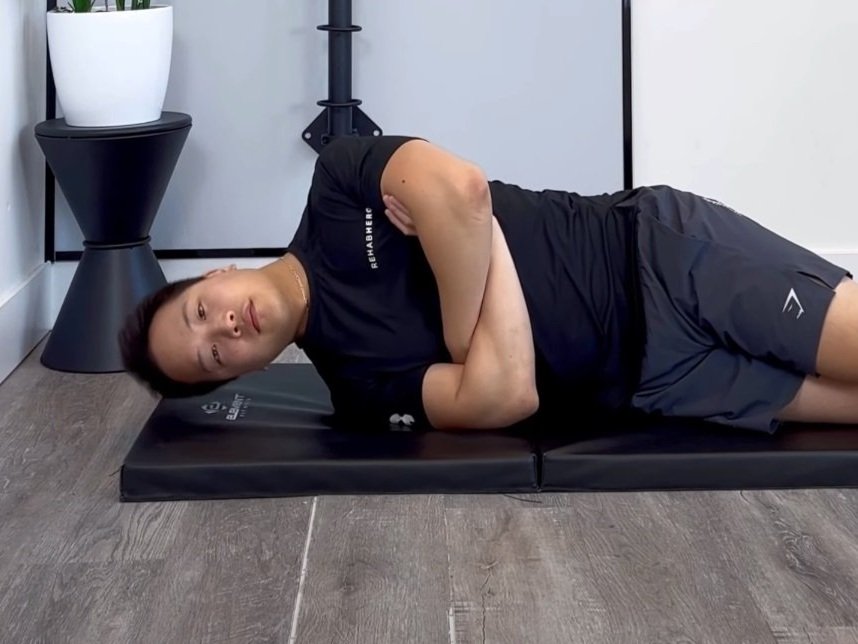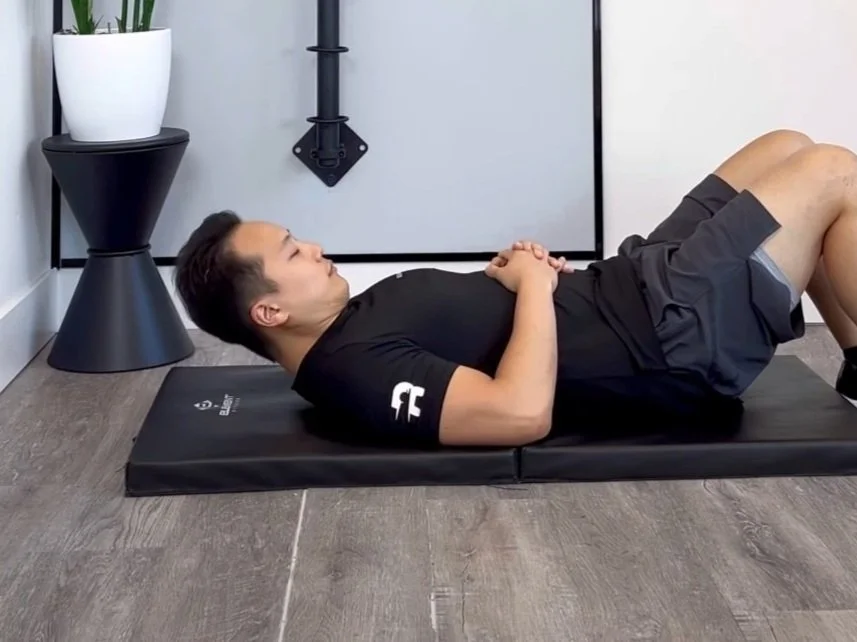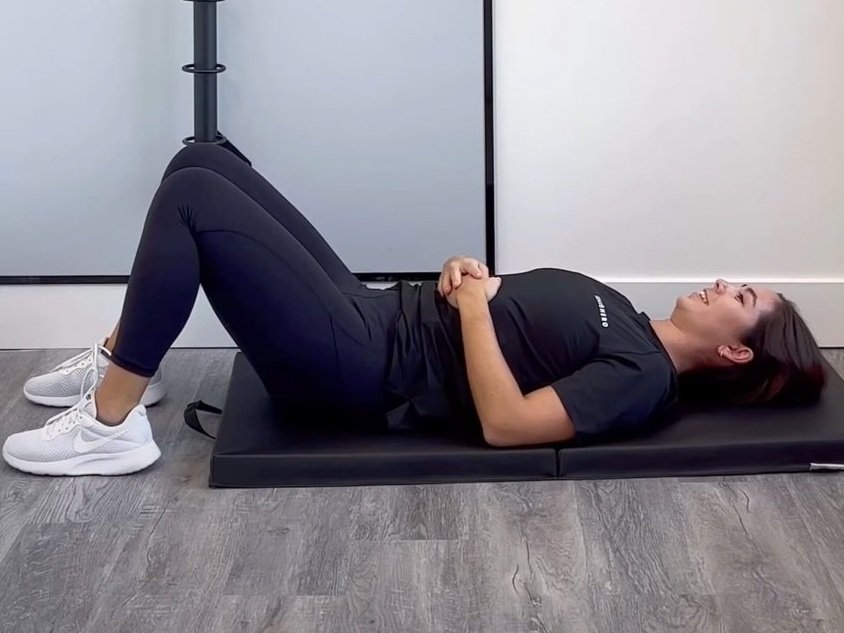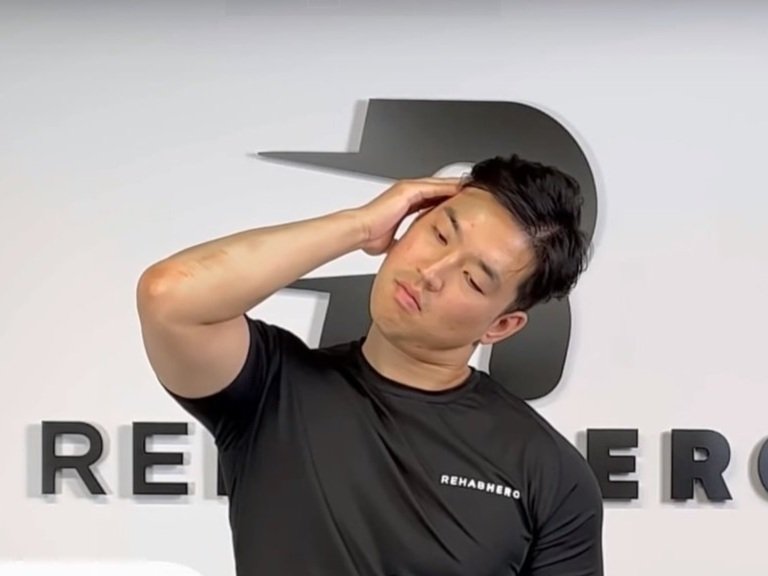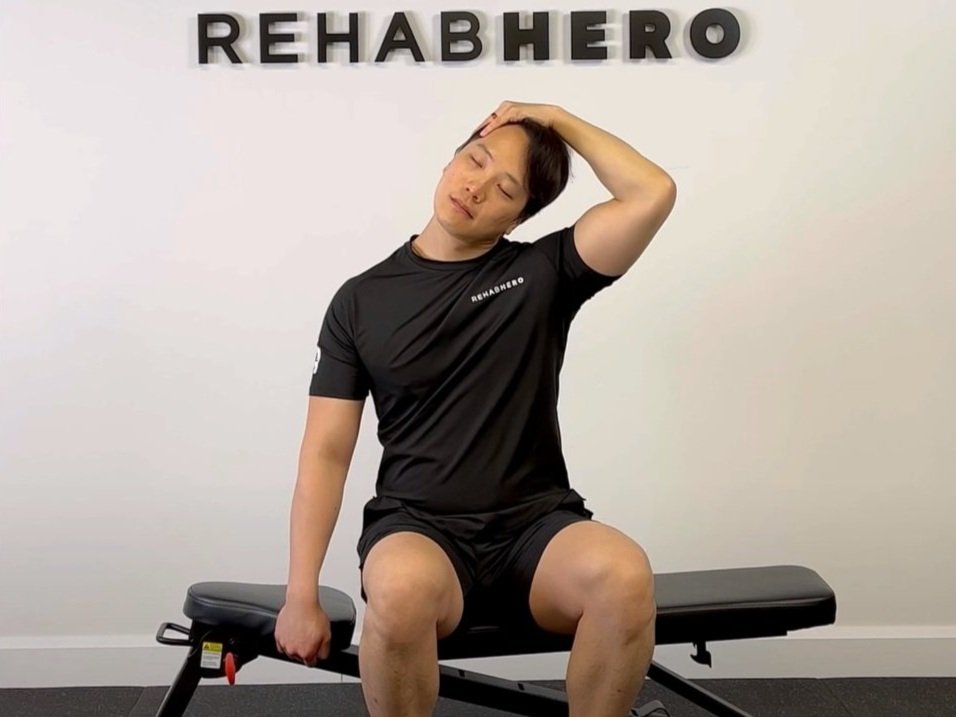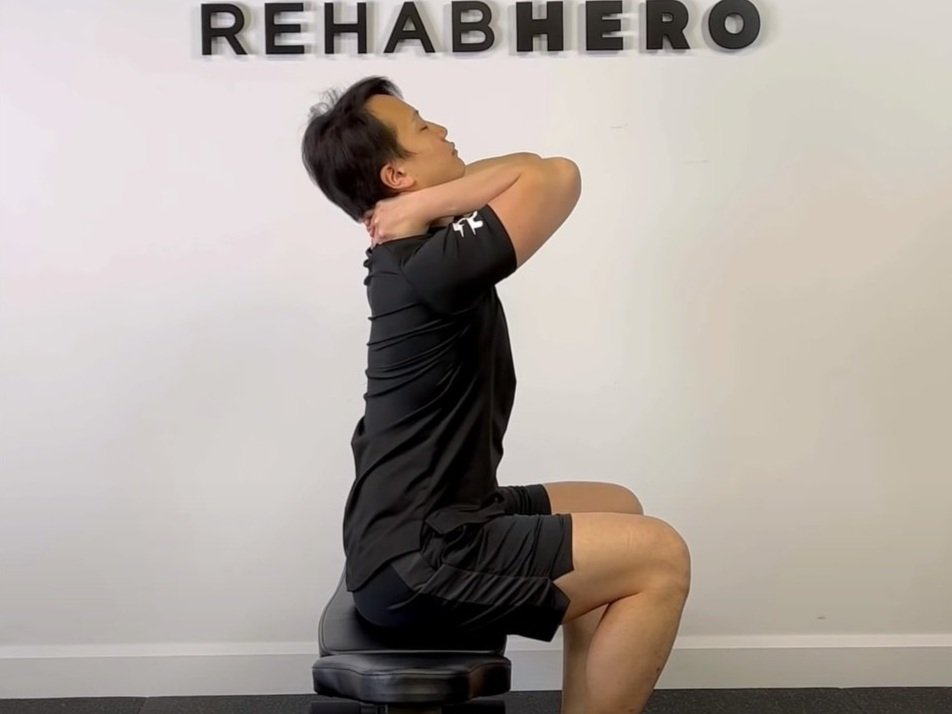TMJ Syndrome
Temporomandibular Joint Syndrome
UNDERSTANDING JAW PAIN & TREATMENTS FOR RECOVERY
What Is TMJ Syndrome?
The TMJ refers to the temporomandibular joint which is the joint formed between your mandible (jaw bone) and the temporal bone (skulls). TMJ Syndrome refers to pain and tenderness due to the dysfunction of this joint, the muscles, or surrounding soft tissues. There are predominantly 3 types of TMJ injuries:
Myofascial Pain Dysfunction
Internal Derangement
Degenerative Joint Disease
Myofascial Pain Dysfunction
Myofascial Pain Dysfunction refers to pain relating to the surrounding musculature of the TMJ. This may include both extra-oral and intra-oral muscles. Commonly affected extra-oral muscles include:
Masseters (dominant chewing muscles)
Temporalis
The commonly affected intra-oral muscles include:
Medial Pterygoid
Lateral Pterygoid
Your chiropractor or physiotherapist can assess you to see which muscles may be contributing to your pain and soreness. Sometimes both types of muscles can be affecting you.
Internal Derangement
Internal derangement refers dysfunction occurring at the disc found between the mandible and temporal bones. This disc is responsible for guiding smooth motion through the joint during activities like chewing, yawning, biting, and talking. This disc is required to act as a cushion between the two bones and to promote fluid movement, much like the discs found in your low back. However, unlike the low back, this disc is not filled with a soft jelly, but instead is made of fibrocartilage (collagen, glycosaminoglycan, and proteoglycans).
Degenerative Joint Disease
Just like all other joints found in the body, the TMJ is also susceptible to changes with aging. These age-related bony changes are known as Degenerative Joint Disease. Although the diagnosis sounds scary, it is a normal process of aging that may affect some individuals more than others. Things that affect outcomes include lifestyle, age, genetics, and nutrition.
Who is Most Affected By TMJ Syndrome?
Here are a few factors related to TMJ Syndrome
Young Adults aged 20-40
Females more than Males (3:1 Ratio)
TMJ Hypermobility
Teeth Grinders (Bruxism)
Car Accidents (MVA - Motor Vehicle Accidents)
Head or Facial Trauma (Whiplash)
Psychosocial Stress
Associated Dental Conditions
Osteoarthritis
Rheumatoid Arthritis
What are the Symptoms?
Symptoms vary from person to person but may include some if not all of the following:
Jaw Pain
Increased pain with chewing
Locking of the jaw
Limited jaw range of motion
TMJ clicking, grinding, or popping
Headache
Earache
Neck Pain
What are the Signs?
Some of the signs that your clinician will be looking for may include:
Facial Asymmetry (Hypertrophy of chewing muscles, abnormal dental wear & tear)
TMJ Muscular Tenderness
Joint Crepitus (late stage of TMJ Syndrome)
Limited jaw range of motion
Full jaw opening is roughly 40 mm or ~3 knuckles of space between the upper and lower incisors
Full jaw protrusion and lateral translation is roughly 10 mm
Clicking or popping
Abnormal Mandibular Tracking (non-uniform pattern, lateral deviation of the mandible)
Treatment Options for TMJ Syndrome
Treatment options are vast and will include pain management strategies to alleviate symptoms as well as exercises to restore function. These treatments can be administered by your massage therapist, chiropractor, or physiotherapist depending on their specific certifications and region. At Rehab Hero the following treatments may be used to manage this condition:
This is used to treat the myofascial pain dysfunction and can be applied to both the intra-oral and extra-oral muscles. Trigger point therapy to the masseters, temporalis and pterygoids may be used as well as relaxation therapy to reduce stress related onset of symptoms.
Joint Mobilization
This is applied to both the cervical spine and temporomandibular joint. This treatment helps with restoring range of motion in hypomobile joints and to stretch out the local muscles.
This is used for pain management and symptom relief. Acupuncture needles are applied to local points surrounding the jaw, face and neck.
Rehabilitative Exercises
Exercises can be prescribed by the RMT, physiotherapist, or chiropractor to aid in the restoration of joint function. Exercises for the neck, jaw, as well as breathing techniques for stress management can be used to reduce symptoms and improve long term outcomes.
Lifestyle Modification
Stress management techniques as well as strategies to implement higher sleep quality may be implemented to reduce the core cause of related issues such as teeth grinding (bruxism).
To get started on TMJ recovery you can book an appointment with a Rehab Hero therapist by clicking the button below.













